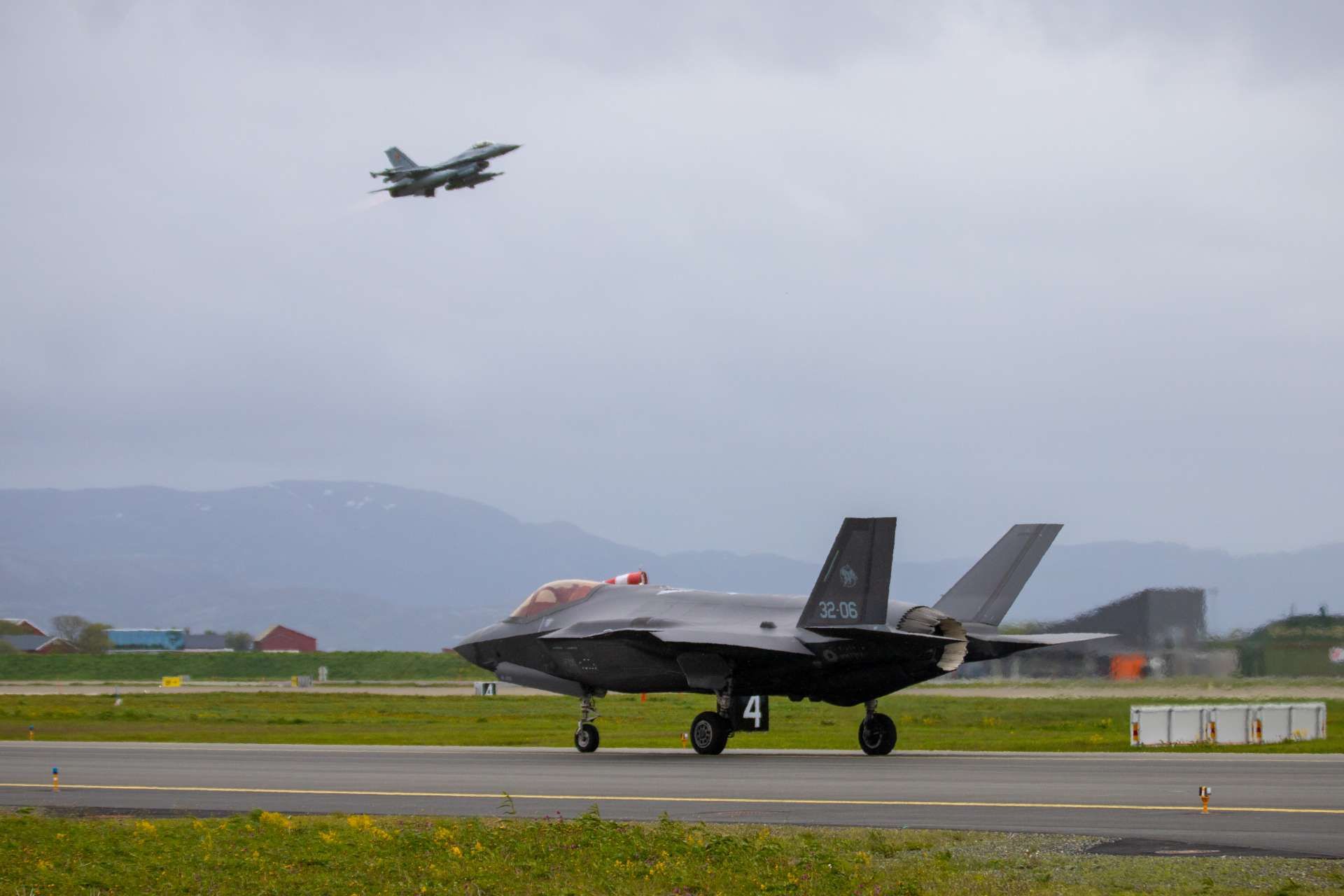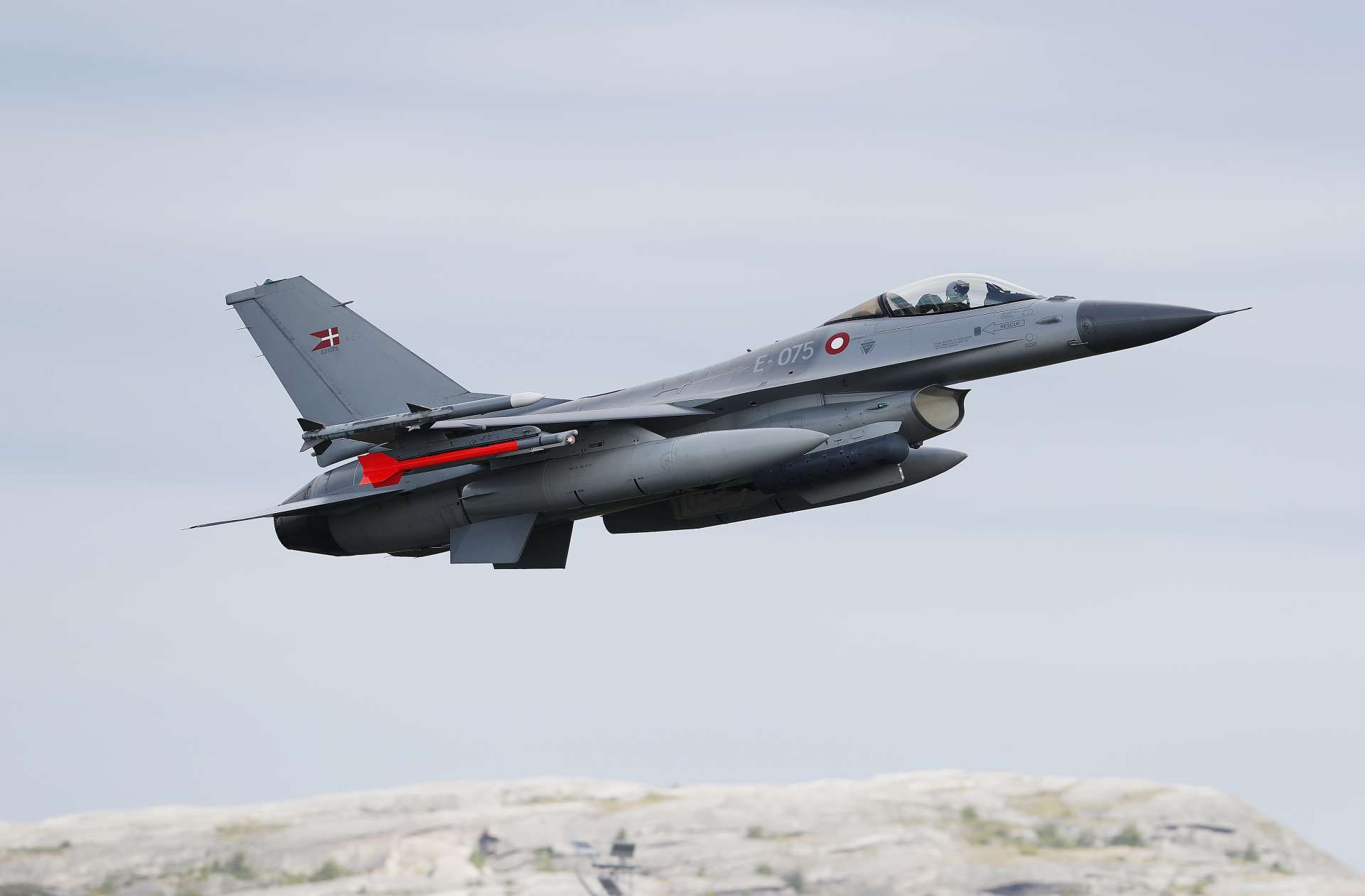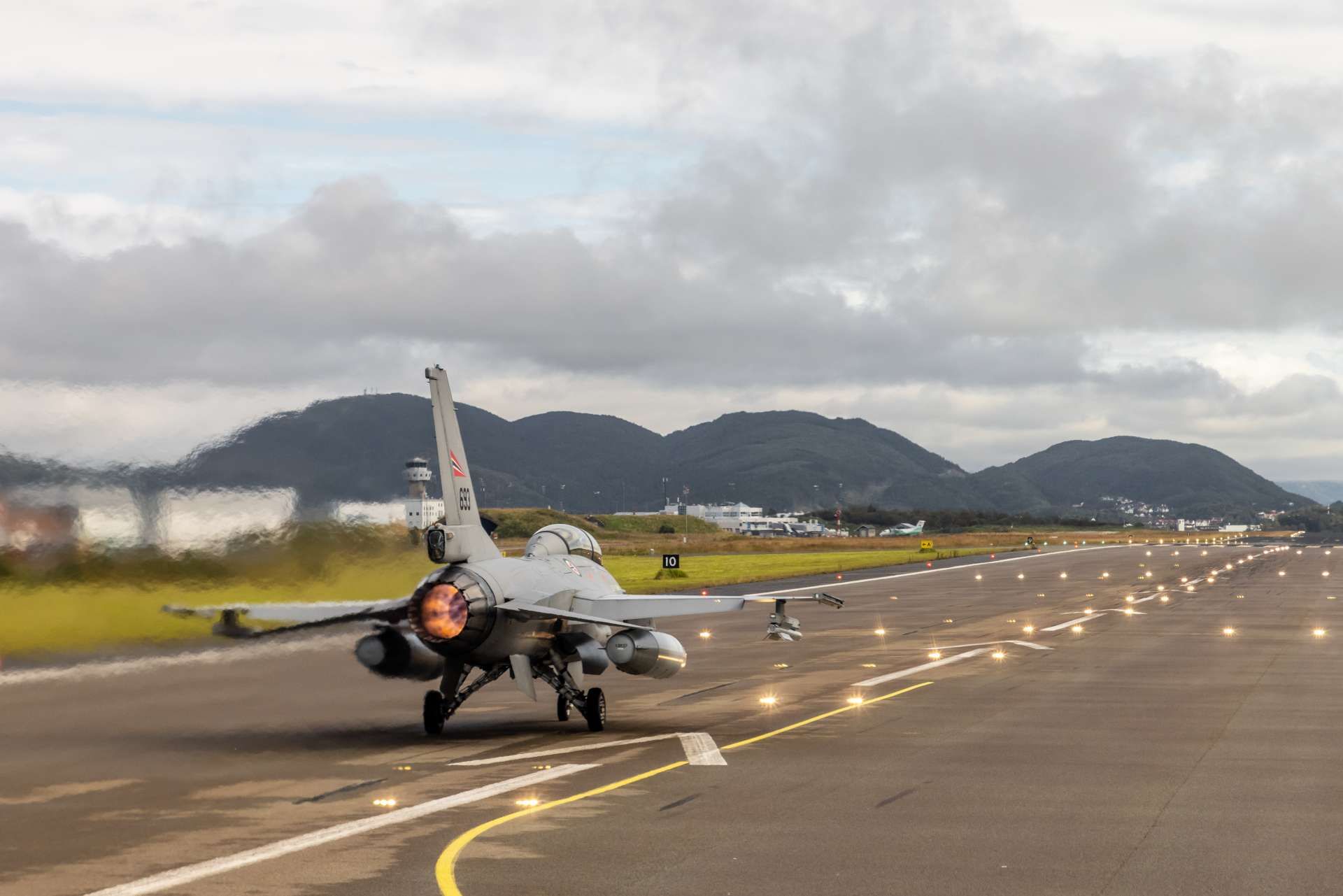Breaking News
Ukraine to receive an initial batch of F-16 fighter jets from Norway before 2025.
On July 17, 2024, Norway announced its plan to start the donation of six F-16 fighter jets to Ukraine within the year, aiming to strengthen Ukraine's air defense capabilities amid the ongoing conflict with Russia. Prime Minister Jonas Gahr Støre highlighted the importance of air defense in Ukraine's efforts to counter Russian aerial attacks. This donation is part of a broader international initiative led by Denmark, the Netherlands, and the United States to support Ukraine's defense needs.
Follow Army Recognition on Google News at this link

The urgency of equipping Ukraine with F-16 fighter jets has led to a multinational collaboration involving Belgium, Canada, Denmark, Luxembourg, the Netherlands, Poland, Portugal, Romania, Sweden, the United Kingdom, and Norway. (Picture source: Norwegian MoD)
Since the war began on February 24, 2022, Ukraine has faced numerous Russian airstrikes, causing significant suffering and destruction. Recognizing the critical need for effective air defense, Norway has been involved in training Ukrainian fighter pilots in Denmark since the fall of 2023. Prime Minister Støre confirmed Norway's continued support for this training initiative to ensure Ukrainian pilots are adequately prepared to operate the F-16 fighter jets.
Norway's decision to phase out its F-16 fighters in 2021 in favor of the newer F-35 combat aircraft facilitated this donation. With 32 of its F-16s sold to Romania as part of a €388 million agreement, Norway has redirected its focus to support Ukraine. Foreign Minister Espen Barth Eide highlighted the importance of supporting Ukraine's defense efforts against Russian aggression, emphasizing the broader implications for shared values of democracy and international law. Both President Volodymyr Zelensky and Foreign Minister Dmytro Kuleba of Ukraine have acknowledged Norway's support, noting the significant role these aircraft will play in their defense strategy.
The operational readiness of these jets varies, with some intended for immediate combat use and others providing parts and materials essential for maintenance. This arrangement follows Norway's suspension of a prior deal with Draken International, an American company, to sell 12 airworthy F-16s. These jets are now redirected to support Ukraine's air force.

Following the decision to phase out its F-16 fighters in 2021, Norway is now transitioning to Lockheed Martin F-35s, with plans to acquire 52 such aircraft. (Picture source: Norwegian MoD)
In addition to providing fighter jets, Norway has extended its support to include training and planning expertise through the fighter coalition, which involves numerous NATO countries. Defense Minister Bjørn Arild Gram expressed gratitude for Denmark's leadership in hosting the training of Ukrainian personnel and pilots at Skrydstrup Airbase. The ambition to develop a western combat air force for Ukraine is a significant undertaking that will require extensive effort and resources over the coming years.
The urgency of equipping Ukraine with F-16 fighter jets has led to a multinational collaboration involving Belgium, Canada, Denmark, Luxembourg, the Netherlands, Poland, Portugal, Romania, Sweden, the United Kingdom, and Norway. As Ukraine trains more pilots and support personnel, the coalition will incrementally increase the number of aircraft provided. The logistics of arming and supporting these jets are managed within the framework of this multinational cooperation, addressing the growing need for advanced weaponry compatible with the F-16s.
Romania has also established the European F-16 Training Centre (EFTC) in collaboration with Lockheed Martin and the governments of Romania and the Netherlands. This center is initially focused on training Romanian pilots, with potential plans to expand to Ukrainian pilots and other regional F-16 operators. The Netherlands has contributed additional F-16 jets to this training center, supporting a coordinated effort to train Ukrainian pilots and ground staff.

Belgium has also announced its intention to supply an undisclosed number of F-16 fighters to Ukraine in 2025, a crucial decision, given Ukraine's current reliance on older Soviet-era aircraft. (Picture source: Norwegian MoD)
Norway's commitment to delivering 22 F-16 fighter jets to Ukraine received approval from the United States, as reported by Army Recognition on April 12, 2024. This authorization is part of a larger agreement involving the Netherlands and Denmark, with a combined total of 65 F-16s set to be transferred to Ukraine. The Norwegian Ministry of Defense is finalizing the specifics of the timeline for this donation in coordination with Ukraine and other involved nations.
For instance, Denmark has committed to providing 19 F-16 jets in multiple batches, while the Netherlands plans to donate 24 F-16s, with details on the timeline yet to be specified. Belgium has also announced its intention to supply an undisclosed number of F-16 fighters to Ukraine in 2025. The integration of these aircraft into Ukraine’s air force is seen as crucial, given Ukraine's current reliance on older Soviet-era aircraft.

This delivery is part of a larger agreement involving the Netherlands and Denmark, with a combined total of 65 F-16s set to be transferred to Ukraine. (Picture source: Norwegian MoD)
The F-16 Fighting Falcon, developed by General Dynamics for the United States Air Force (USAF), first flew in 1974 and was introduced into service in 1978. Initially designed as an air superiority day fighter, it transitioned into a multirole aircraft capable of various missions. The F-16 features a frameless bubble canopy for enhanced visibility, a side-mounted control stick, and a fly-by-wire system that improves maneuverability. Over 4,600 units have been built, and it remains in service with the air forces of 25 countries. The aircraft has undergone continuous updates to remain operationally relevant.
The F-16 is equipped with diverse weaponry, enhancing its role flexibility. It carries an internal M61 Vulcan cannon and can be armed with a range of missiles, including the AIM-9 Sidewinder and AIM-120 AMRAAM for air-to-air combat. For air-to-ground missions, it can deploy AGM-65 Maverick missiles, laser-guided bombs, and GPS-guided munitions. The aircraft's eleven hardpoints allow for a combination of ordnance, fuel tanks, and electronic countermeasures, supporting its capability in various mission profiles such as air interdiction and close air support.
The F-16 has been actively involved in multiple combat operations since the 1980s. During Operation Desert Storm in 1991, it flew numerous sorties targeting enemy infrastructure and missile sites. In Operation Allied Force in 1999, the F-16 performed roles in the suppression of enemy air defenses, offensive and defensive air operations, and close air support. It has a maximum speed exceeding Mach 2 and can endure g-forces up to nine times the force of gravity. Its combat radius of more than 500 km allows it to engage in extended missions, making it a notable aerial asset in various operational contexts.

Over 4,600 units of the F-16 Fighting Falcon have been built, and this fighter jet remains in service with the air forces of 25 countries. (Picture source: Norwegian MoD)


























